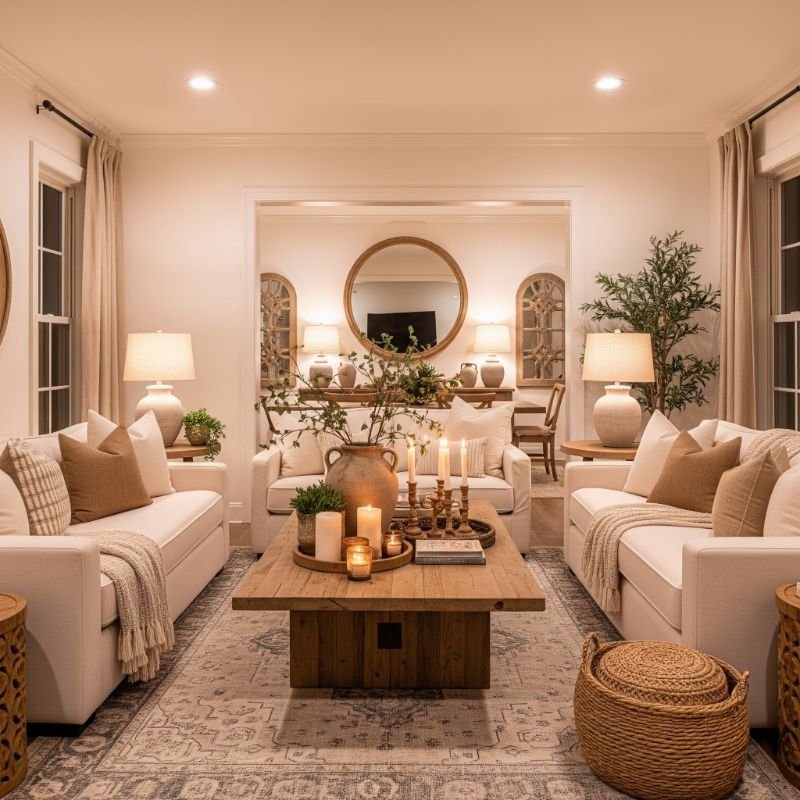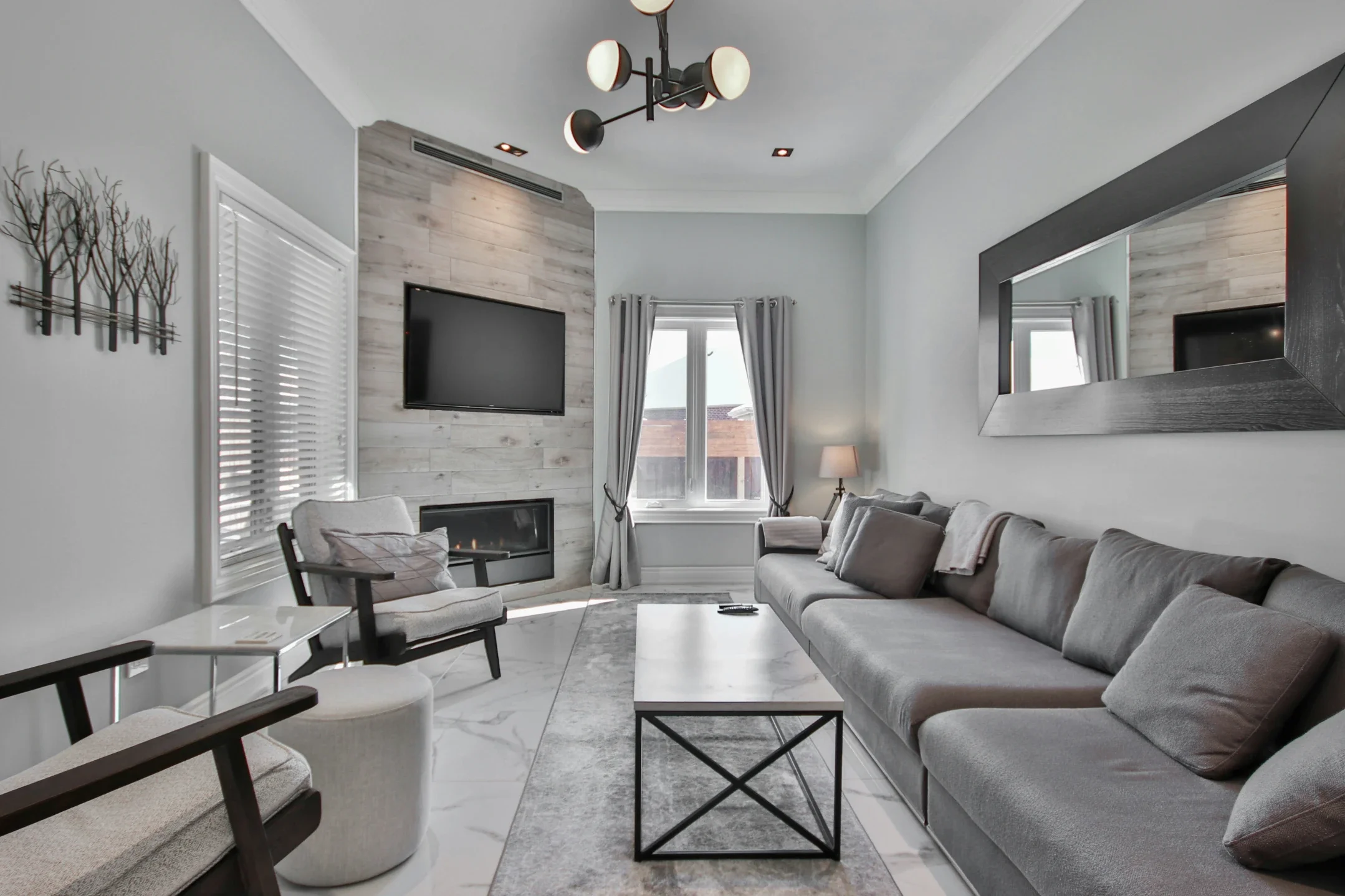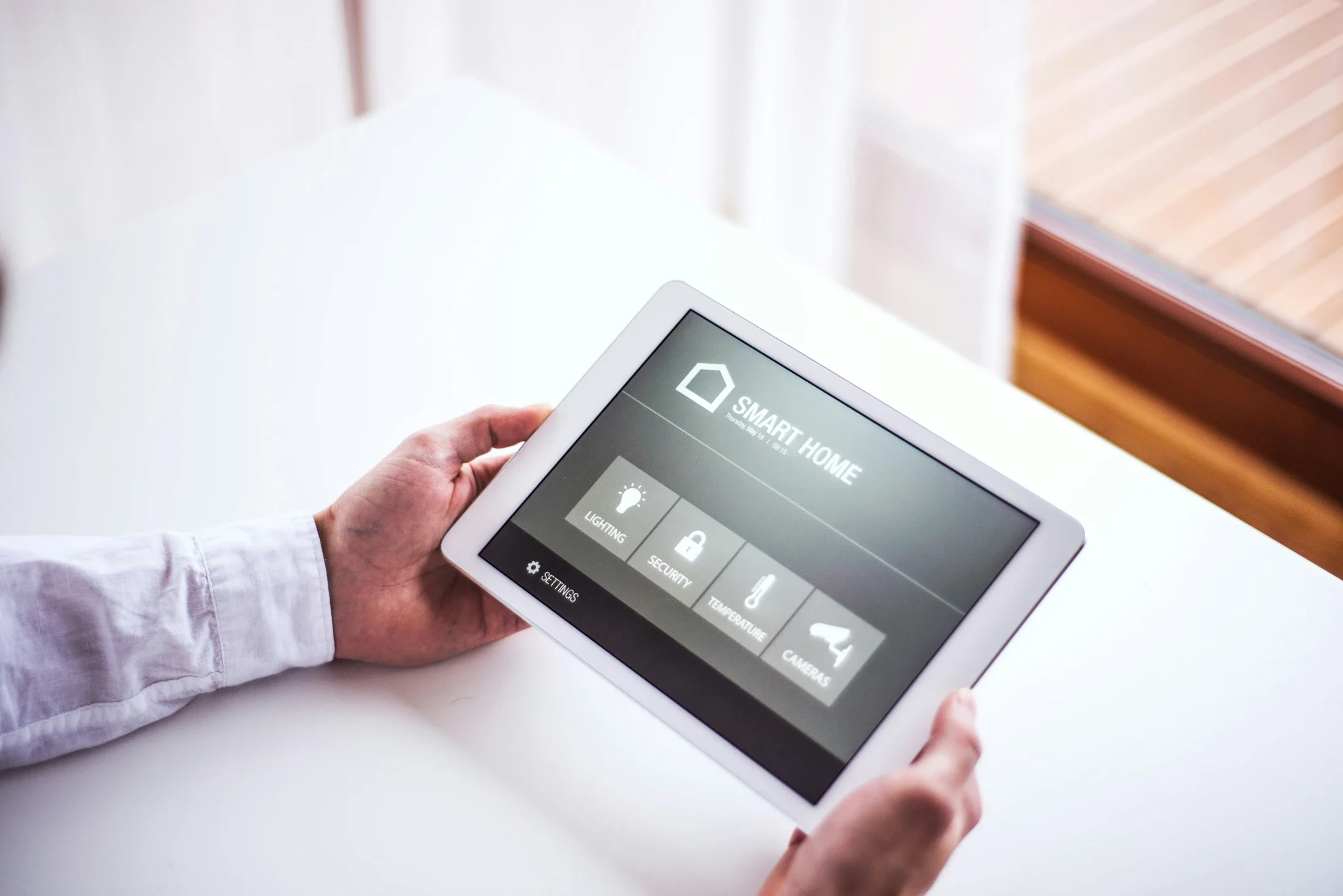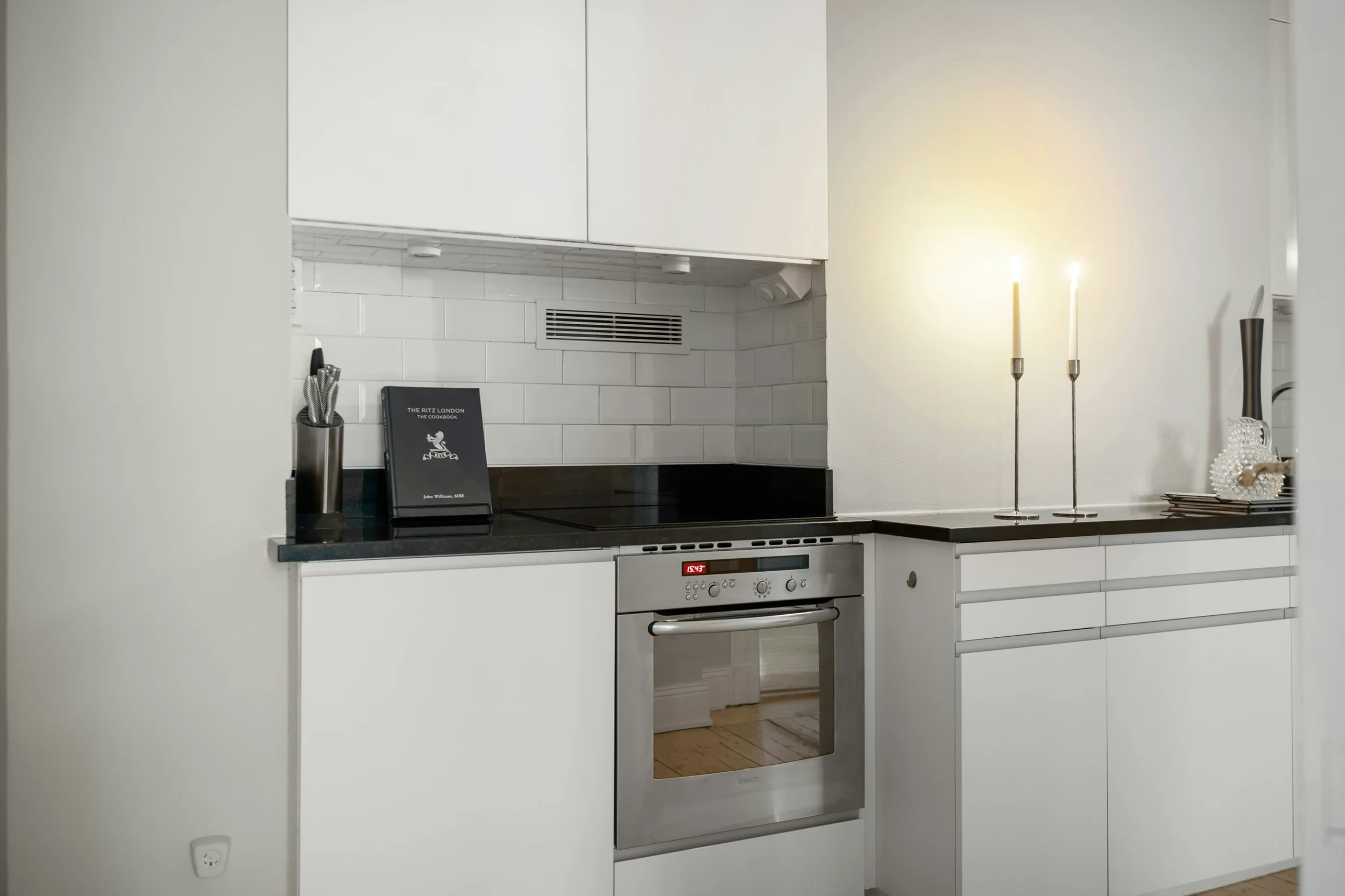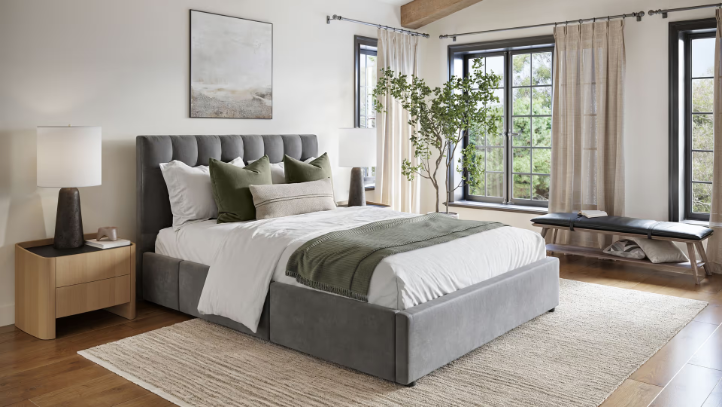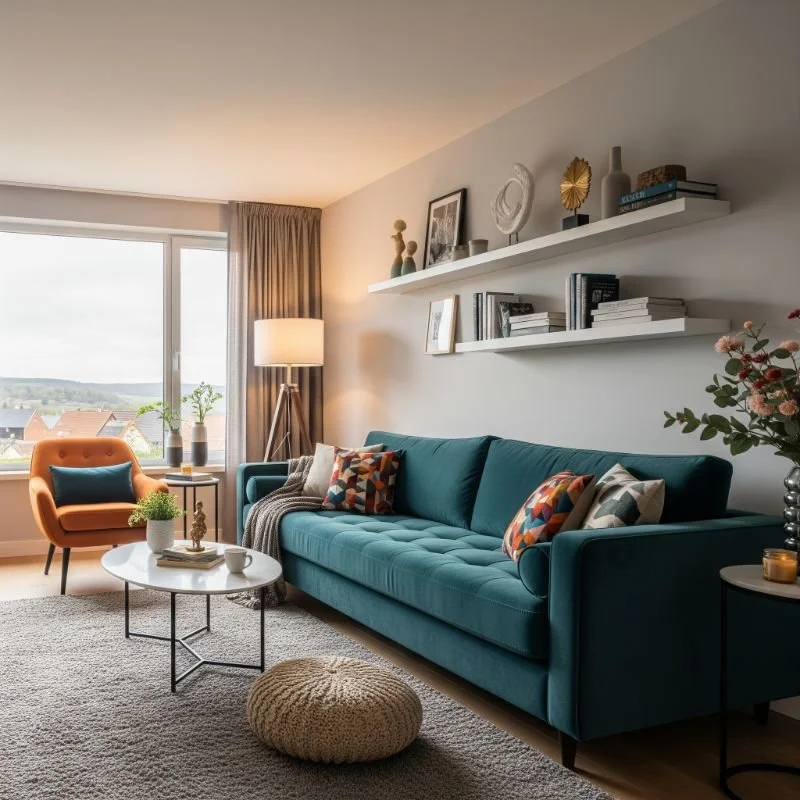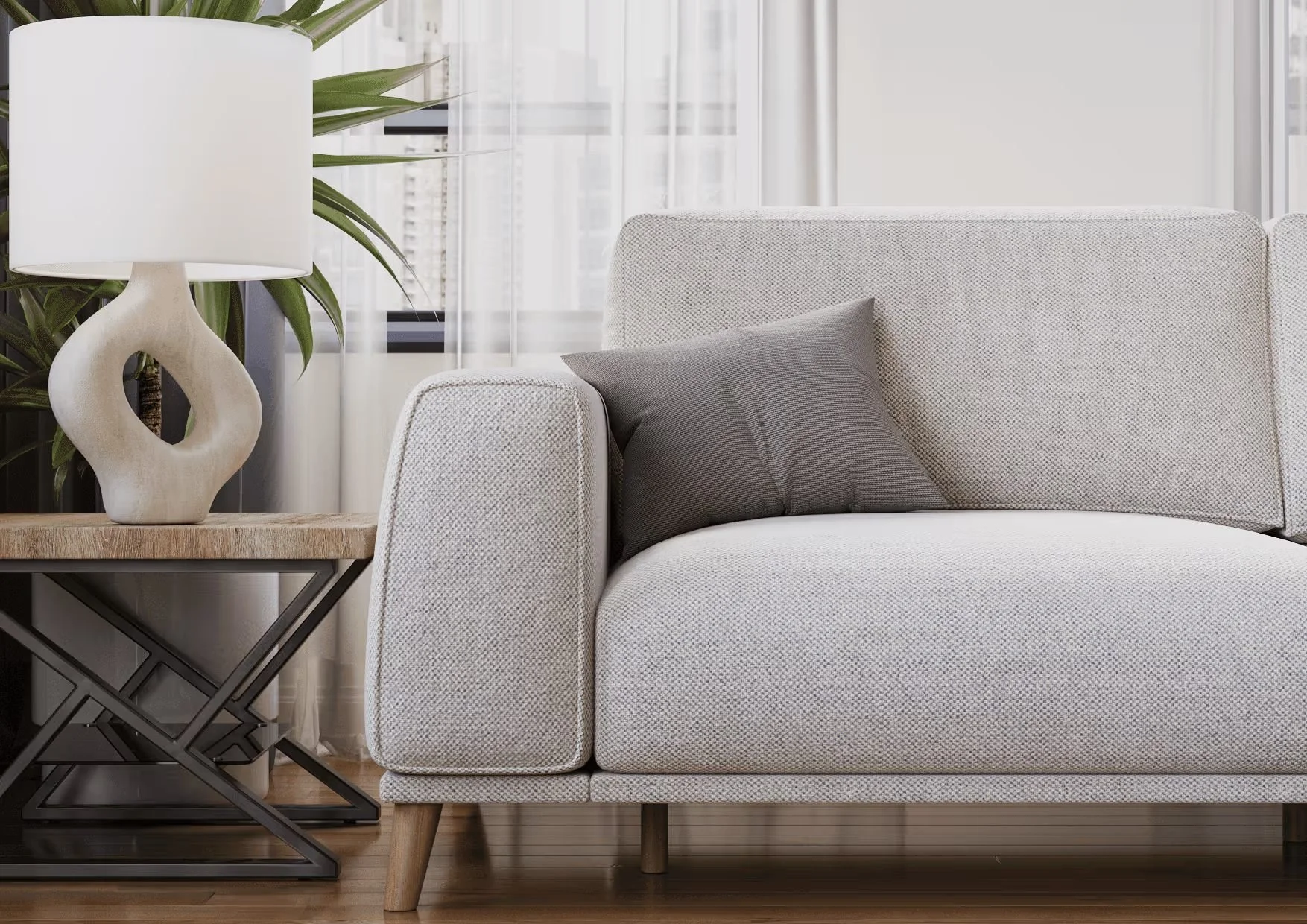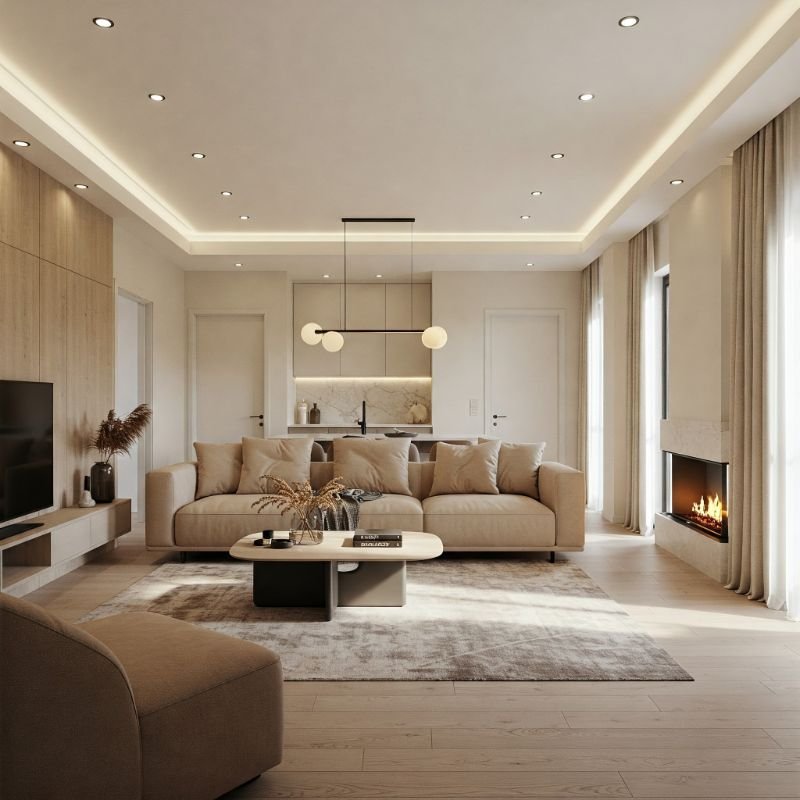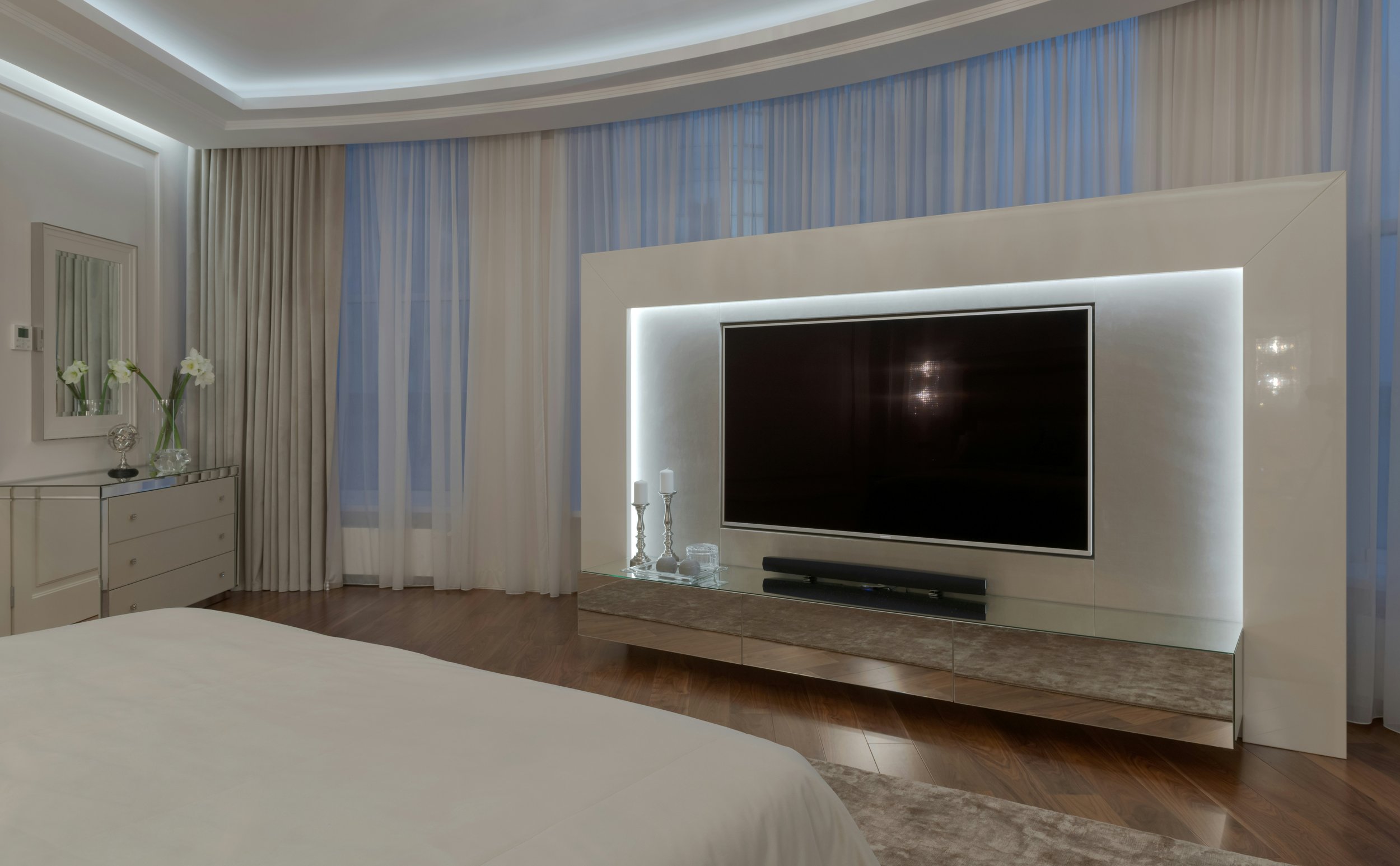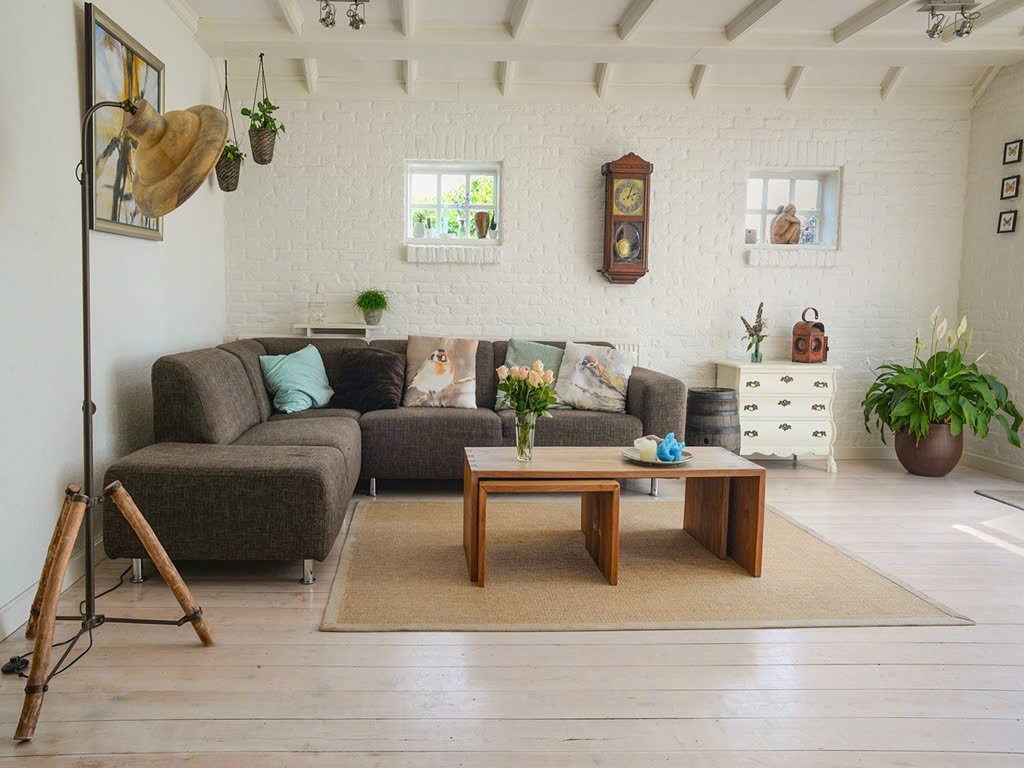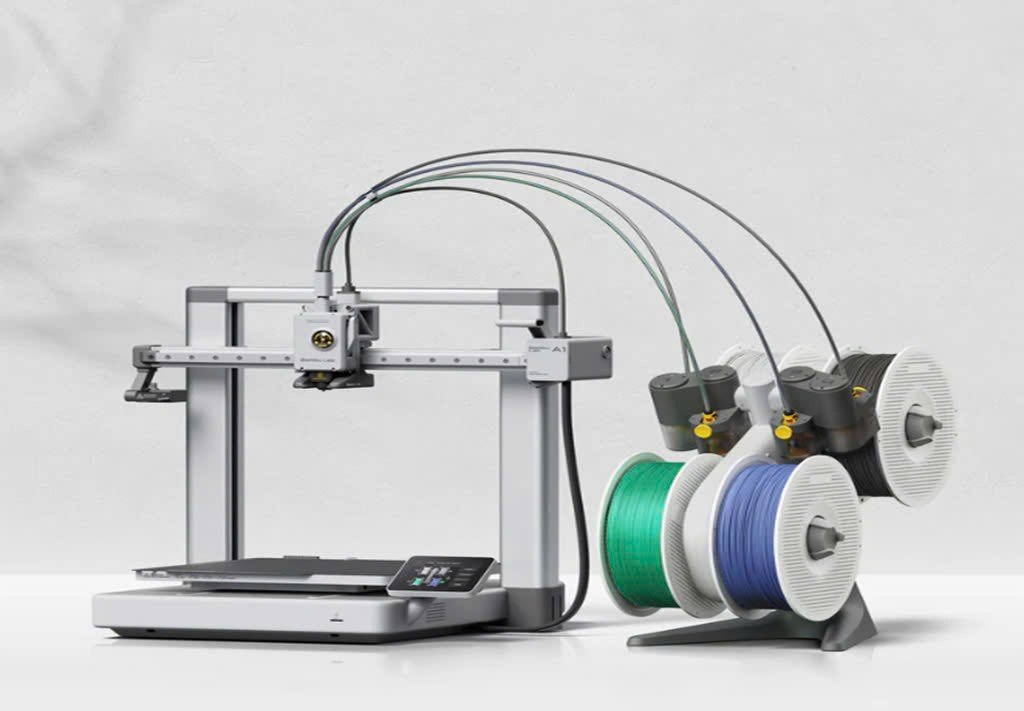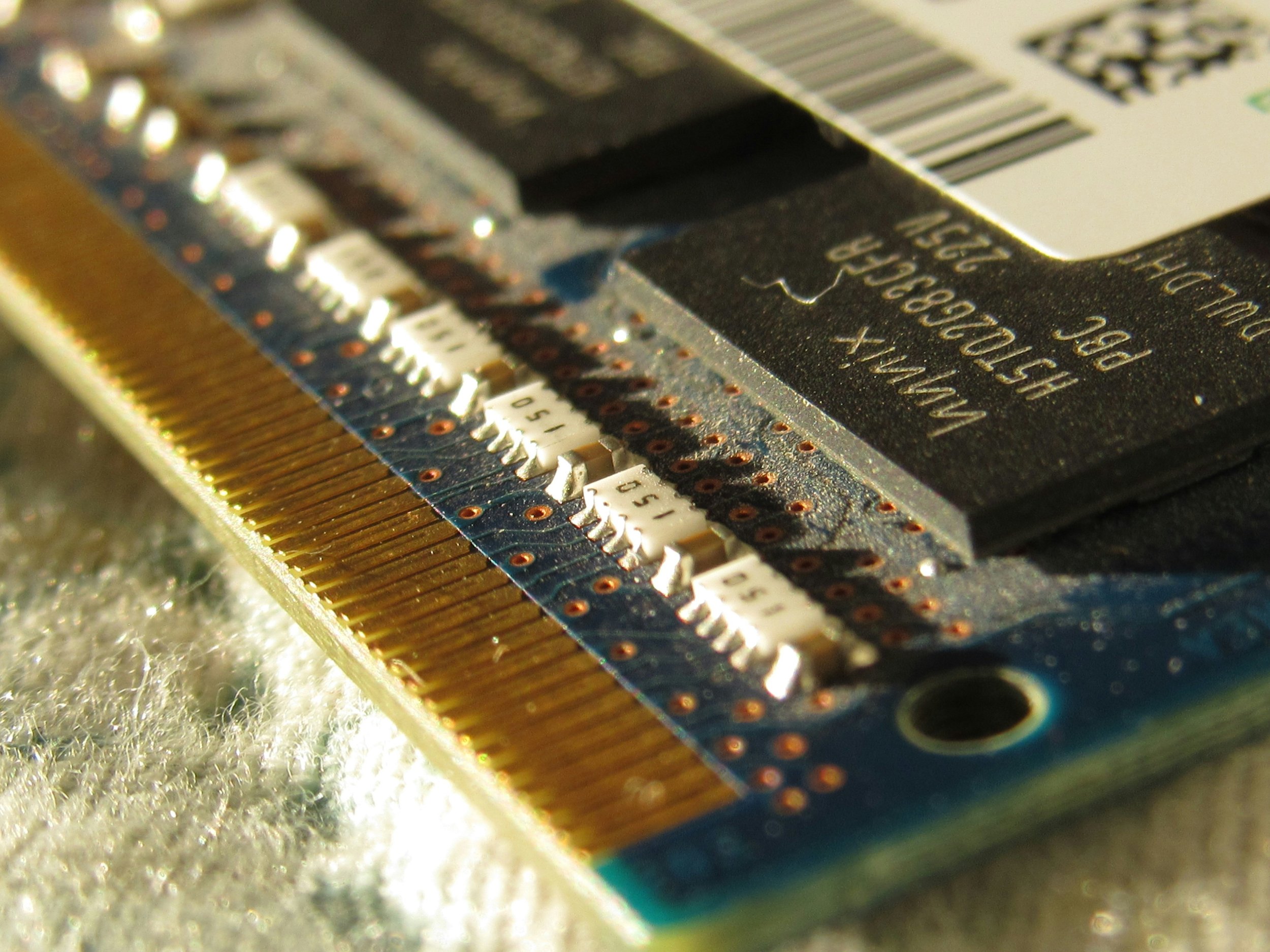How to Build a DIY Home Design Website (Even If You’re Not a Pro)
Learn how to build a stunning DIY home design website using easy tools and templates—no coding skills or design experience required!
You don’t need to be a professional designer or tech expert to build a beautiful and functional home design website. Whether you're sharing your latest room makeover, a cozy garden corner, or tips on organizing your kitchen, having your own website allows you to document and inspire. It can also open the door to collaborations, side income, or simply give you a creative outlet.
Here’s how you can build a DIY home design website from scratch, even if you're completely new to website creation.
1. Know Your Purpose
Start by identifying why you want to build a website. Are you looking to document your home improvement journey, share DIY tutorials, or create a digital portfolio of your decor style? Maybe you're hoping to turn your passion into a small business.
Defining your purpose helps shape your website content and layout. It keeps your focus clear and ensures your site will serve you in the long run.
2. Choose a Beginner-Friendly Website Builder
If you have no coding experience, that’s totally fine. There are several website builders designed for beginners, and they make the entire process easy with drag-and-drop tools.
Popular choices include:
Wix for its flexibility and beginner-friendly interface
Squarespace for sleek, modern design templates
WordPress if you want more control and scalability
Hostinger Website Builder, which is affordable and fast for beginners
One great option is to create your home blog using Hostinger's interior design templates. These templates are visually appealing, easy to customize, and perfect for showcasing home and garden content without needing design or coding skills.
3. Choose the Right Template
Since your website will be heavily focused on visuals, pick a clean and elegant template that highlights your photos and layout ideas. Look for a design that emphasizes large images, clean fonts, and good mobile responsiveness. Many builders let you preview how your site will look on different devices before publishing.
Stick to neutral backgrounds and minimal clutter so your photos can stand out.
4. Add Key Pages
You don’t need a dozen pages to launch your website. Start with these essentials:
Home Page: Give a quick intro about who you are and what your site offers
Blog or Projects Page: Share posts on home makeovers, garden projects, decorating tips, and DIY how-tos
About Me: Tell visitors your story, your style preferences, and what drives your home improvement journey
Contact Page: Make it easy for people to get in touch, whether it’s for questions, collaborations, or compliments
Optional additions can include a gallery, service page (if offering consultations), or an embedded Instagram feed to keep your site dynamic.
5. Focus on Visual Content
Your photos will be the star of your site. Always use high-quality, well-lit images of your home projects. If possible, show before and after shots to make your transformations more compelling.
If you create videos, consider adding subtitles to improve accessibility. Tools like an auto subtitle generator can quickly create captions, making your videos more viewer-friendly and professional.
6. Start Posting Useful Content
Don’t worry about being perfect. Just start. Here are a few blog post ideas to get you going:
My DIY Bathroom Makeover on a Budget
Backyard Garden Update: What Worked and What Didn’t
How I Styled My Entryway Without Hiring a Pro
Favorite Paint Colors for Small Spaces
Be honest, share what you’ve learned, and let your personality shine through. Authentic stories often connect more than polished ones.
7. Keep Updating and Improving
A website doesn’t need to be perfect from the start. Add features over time. Update your design when your style evolves. Learn the basics of SEO so your posts are easier to find on search engines.
As you grow more confident, you can add a newsletter, offer downloadable project plans, or even create a small shop.
Final Thoughts
Building a DIY home design website is totally doable, even if you’re just starting out. With simple tools, inspiring templates, and your own creativity, you can build a space that reflects your personal style and helps others do the same. Whether it’s a fun hobby or a future brand, your home design website can be the beginning of something great.
